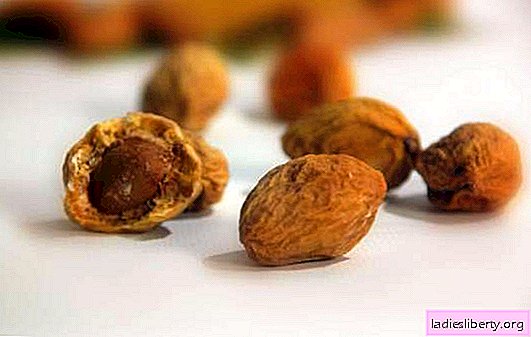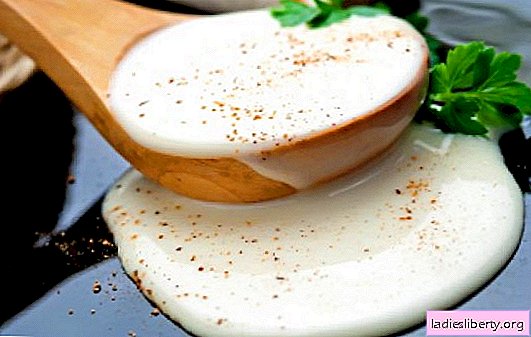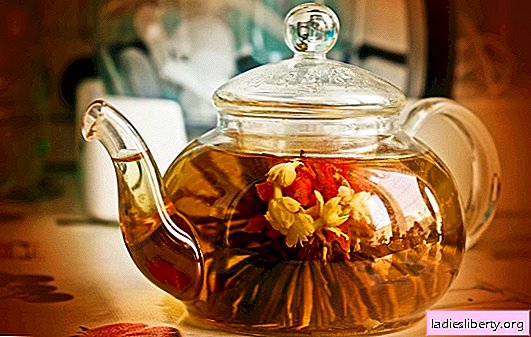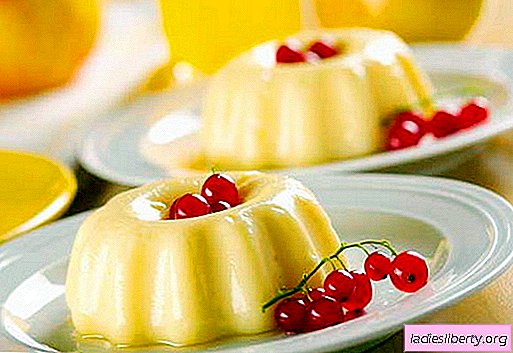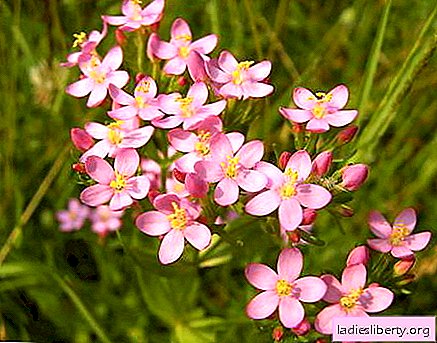
Centaury - general description
Centaury is a two-year-old herbaceous plant, which can reach a height of 50 cm. It has tetrahedral, straight, single stems, oblong leaves, a branched root root and bright pink flowers, compressed into corymbose-paniculate inflorescences. The fruit of the plant is a cylindrical box with many seeds. The flowering of centaury occurs throughout the summer (June - September), and fruiting - from August to October.
Centaury - types and places of growth
The plant is common in Europe, North America and Central Asia. In Russia - in its European part and in the south of the country, a little less often - in Western Siberia, as well as in the Caucasus and Altai. It grows in sunny places, often found on the edges, meadows and glades, along river banks, on mountain slopes.
Only the centaury small has healing properties, while its other species (ordinary, spiky, swamp, Meyer, coastal and subtle) are still poorly understood, therefore they are forbidden to use.
Centaury - healing properties
Preparations in which centaury is present have antiseptic, anti-inflammatory, mild laxative, choleretic, hemostatic, hepatoprotective, analgesic and wound healing effects. The bitterness of this plant improves digestion, promotes appetite, increases the production of gastric juice. Due to the fact that the centaury contains the gencyanine alkaloid, it has an anthelmintic effect. It has a tonic and restorative effect on a weakened body in the postoperative period.
Centaury is used in folk, traditional medicine, homeopathy. This herb is present in many mouth-watering and gastric herbal preparations.
Centaury can be used for such diseases: overwork, nervous exhaustion, lack of appetite (anorexia nervosa), flatulence, diseases of the liver, gall bladder, stomach cramps, intestines, some gynecological diseases, chronic enterocolitis, sinusitis, anemia, migraine and skin diseases. In addition, traditional medicine uses decoctions and infusions of this herb for influenza, edema, diabetes mellitus, heartburn, neurosis, malaria, kidney disease, heart disease, pulmonary tuberculosis, epilepsy and liver disorders.
The centaury also has a beneficial effect with external use - eczema, long non-healing wounds, rashes and boils of the lower leg, gout. It is part of all kinds of fees aimed at treating alcoholism (with thyme, bitter wormwood and horsetail). Fresh centaury juice is buried in the ears for various diseases, taken orally for diseases of the stomach and liver. This is an excellent treatment for food allergies in children.
Centaury - dosage forms
For medicinal purposes, the grass of the centaury is harvested, which is collected during flowering, before yellowing of the root leaves. Cut the plant ten centimeters from the surface of the earth. It is dried and stored for two years.
Methods of application are very diverse - tea, juice, decoctions, infusions, tinctures, oil, externally - rubbing and compresses. Centaury is added to liquors, wines.
Centaury - recipes
Infusion at hr. hepatitis: table. insist a spoon of grass in a liter of boiling water, allow to cool, strain. Reception: an hour before meals, 1/3 cup. Also, this drug helps with diabetes and cholecystitis.
Infusion for heartburn: 10 gr. pour 1 stack of raw materials. water (100 ° C), insist 3 hours and strain. Reception: on the table. l in 30 minutes before eating 3 p. / day.
Centaury - contraindications
The administration of centaury is contraindicated in patients with a stomach or intestinal ulcer, with hypersecretion of gastric juice. Individual intolerance should also be considered. If the permissible doses are exceeded, digestive disorders are possible.

